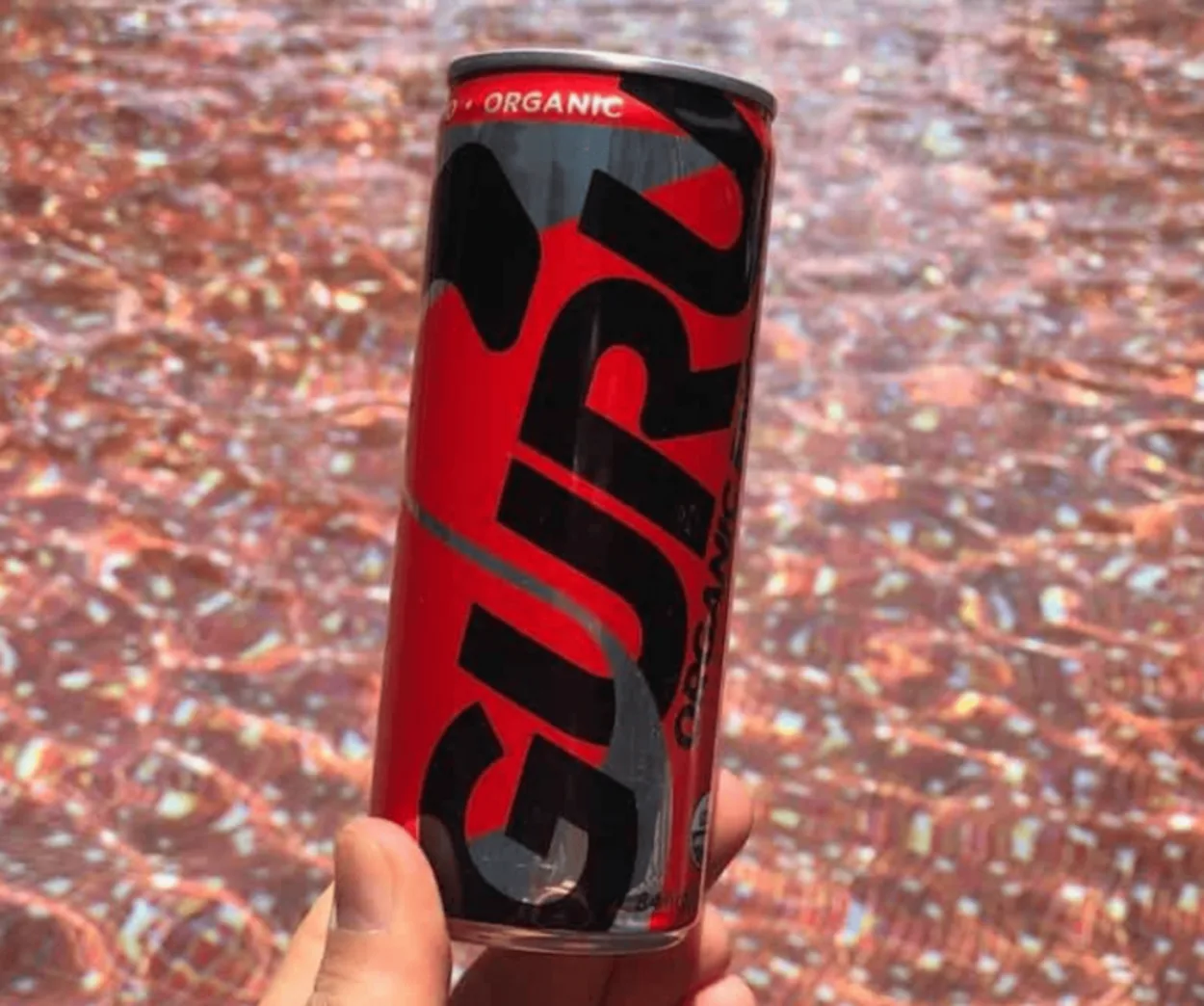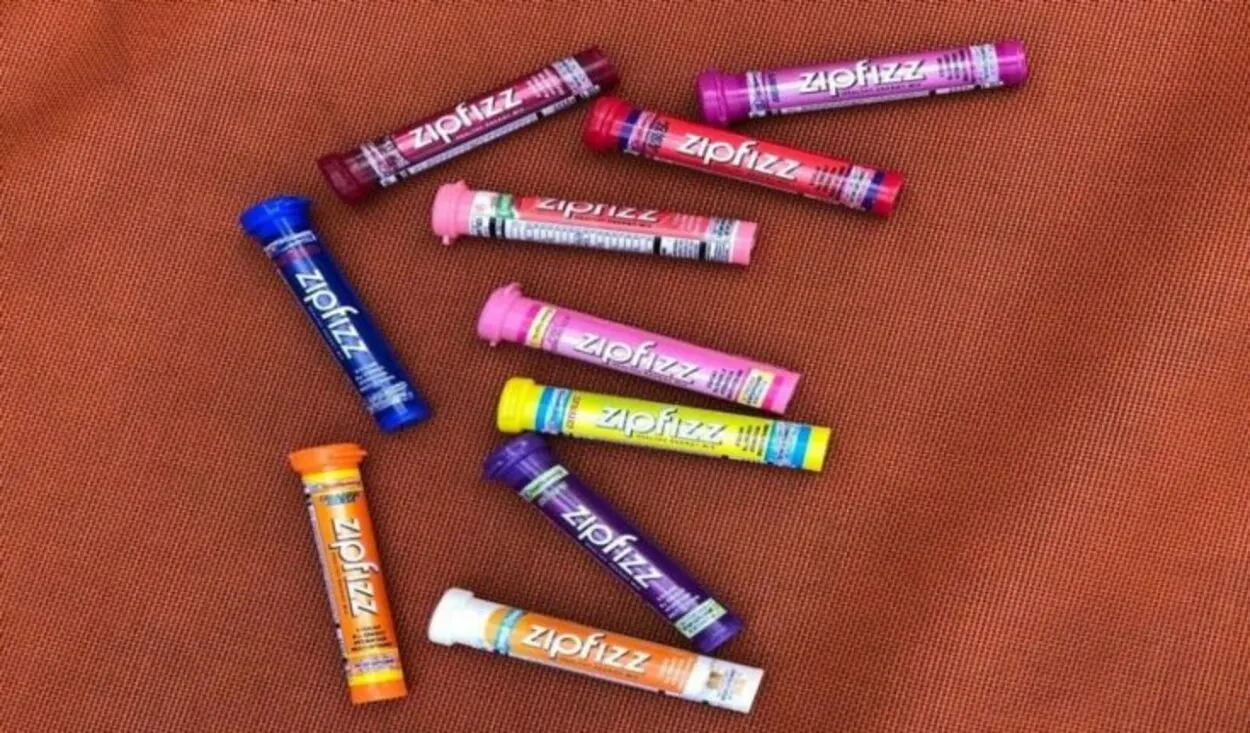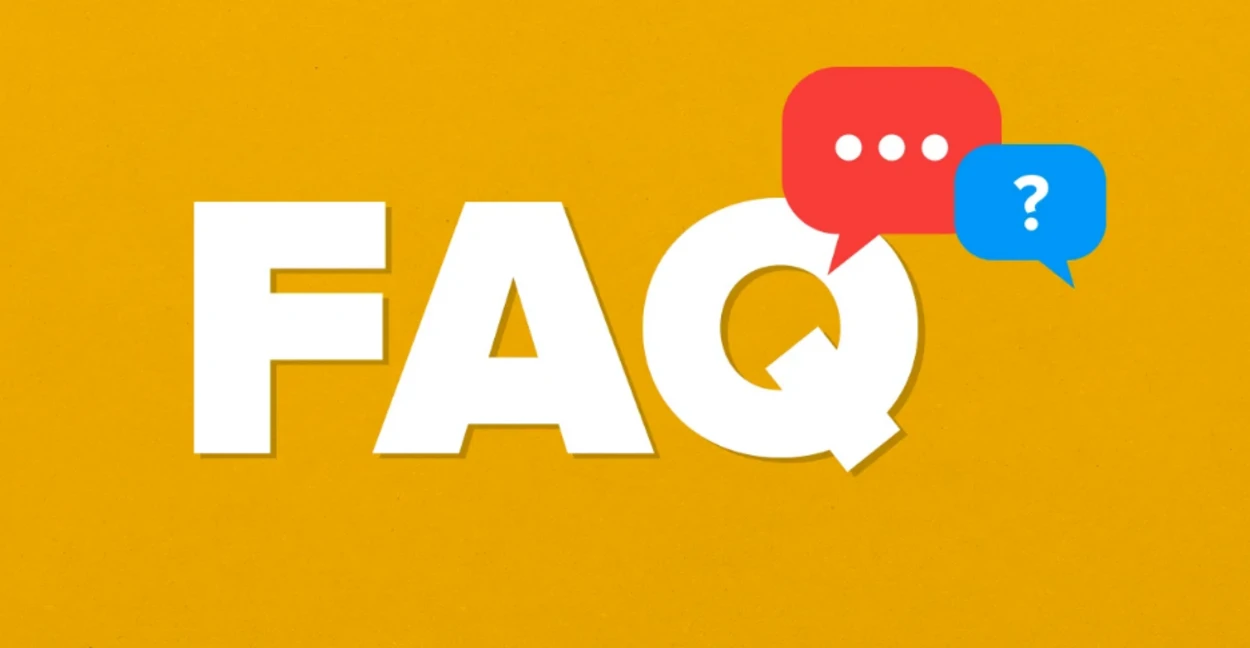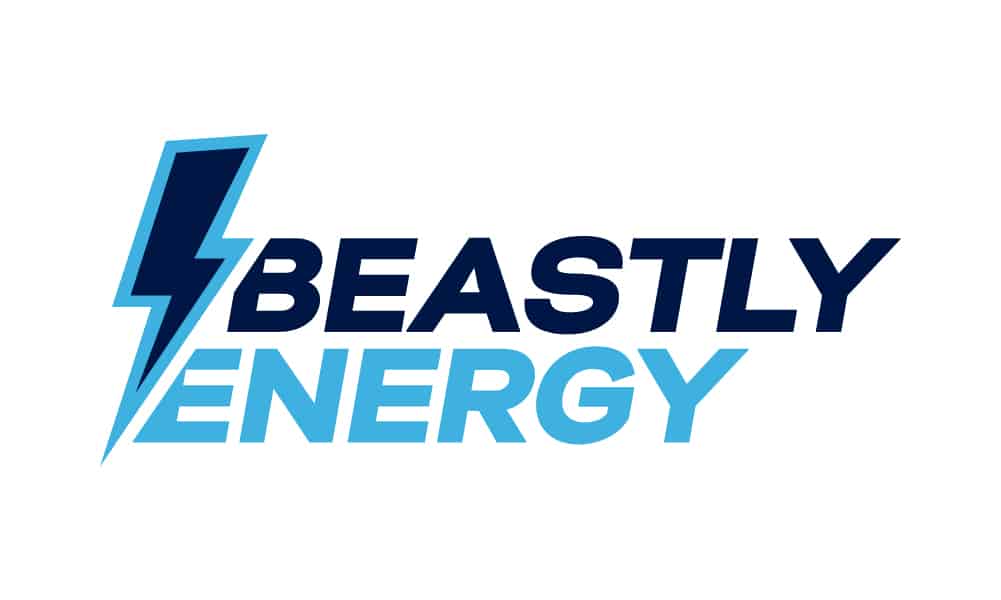Energy drinks are commonly promoted as liquids that boost energy and improve both physical and mental performance.
Unfortunately, much like most things on Earth, it comes with hazards and challenges if used poorly. It’s best to moderate your use to avoid side effects.
In conclusion, due to the inclusion of caffeine, sugar, and guarana in energy drink powders, excessive use of them may cause mood swings and stronger emotions like fury, which may lead to violent conduct.
Let’s look at the potential triggers of fury or violence that energy drinks may induce. Read all the way to the finish!
Contents
Are There Aggression Problems With Energy Drinks?
Unfortunately, drinking too many energy drinks might cause aggression management issues.
Caffeine, one of the main components in energy drinks, can alter one’s mood when consumed in large quantities.
According to research, using energy drinks is associated with suicidal thoughts, despair, and poor sleep. This poll also shows that people who eat junk food are more likely to have mental health problems.
Additionally, according to this study, consuming energy drinks is bad for you and is closely related to mood swings, especially if you do it frequently.
But don’t let this information discourage you. As long as you drink energy drinks in moderation and are usually healthy, you shouldn’t worry about mood swings or attitude issues being caused by them.
Can the caffeine in energy drinks make people Aggressive?

Yes, if you take too much coffee, that is the quick response.
You should be conscious of the fact that caffeine is a strong stimulant. It not only increases your energy and alertness but also exacerbates the symptoms of your anxiousness.
You may become agitated by situations that typically have little influence on you due to anxiety symptoms brought on by excessive coffee use.
To avoid exhilaration and mood swings, it’s a good idea to keep an eye on your coffee intake. Naturally, caffeine has advantages as well!
Are Energy Drinks Psychedelic?
An excessive amount of energy drinks might cause mania.
Sadly, the large amounts of caffeine present in energy drinks raise the risk of psychotic recurrence. In a clinical examination of bipolar disorder patients, an energy drink intake was discovered prior to a manic or depressive relapse.
We can all assume that, despite the fact that energy drink powders have less caffeine than coffee, excessive use can nonetheless cause insanity. But it would still be preferable to liquid energy drinks.
Describe mood swings.
An abrupt or considerable change in one’s emotional state is referred to as a mood swing. Someone’s mood might abruptly shift from happy and enthusiastic to melancholy, impatient, or furious.
Typical factors that lead to mood fluctuations include:
- Stress
- Getting insufficient sleep
- Alteration of lifestyle
- Excessive travel
- Unsound diet
- Hormonal problems
- Allergies
- Medications
An effective diet may aid in controlling your aggression.
On the other hand, mood swings that are frequent and severe might be a sign of something more serious.
If your mood swings are getting too much to handle, try the following strategies:
- Speak with a doctor
- Exercise
- Meditate
- Healthy eating
- Find assistance
What Can Set You Off?
Everyone has felt aggressive at some point in their lives, and it is a feeling that is frequently connected to hostility or depression.
Your level of rage could range from mild irritation to utter rage. It’s common to feel this way, especially when you’re upset or angry about something.
You must learn how to control your aggression and deal with it in a healthy way.
Here are some examples of what commonly causes rage:
- Bad encounters
- Painful memories
- Events
- Personal problems
Other times, a person’s personality may have been shaped by traumatic events in their early years or other significant experiences, which may have exacerbated their aggression problems. Fury may be brought on by hormonal changes or specific mental health issues in some people.
Anger also affects your relationships negatively and reveals a side of you that could be harmful to you in the future if it is not controlled.
I’ve included a YouTube video that elaborates on aggression.
How Can You Manage Your Aggression?
Because aggression is not a mental disorder in and of itself, this study does not provide a specific diagnosis for rage issues.
If you don’t address your aggression issues, they may eventually drive you to act in a drastic and inappropriate manner, with violence being a likely outcome. You may become so enraged that you unintentionally hurt a loved one or yourself.
There are some methods you can use for controlling your aggression.
Are Energy Drinks Angry Making?
You might become enraged if you consume too many energy drinks.
Energy drinks typically contain high levels of caffeine and guarana, two substances that can affect mood and heighten irritability and wrath.
Caffeine and other stimulants are quickly absorbed by the human body and stimulate the brain and nervous system. Even small doses of caffeine can have a negative impact on your mood.
Additionally, sugar, another component of energy-powder drinks, has been linked to mood swings. Not at all surprising!
Having diabetes can lead to mood swings, which is a drawback. You’ll see a lot of diabetics who get upset easily over trivial things.
You Can Try Energy Drinks To Remain Calm
You can enjoy a few of the energy drinks I’ve added without getting angry.
| Energy Drink | Amount | Sugar (g) | Caffeine (mg) | Calories |
| Guru Lite (sugar-free) | 8.4 fl. oz | 0 | 100 | 10 |
| MatchaBar’s Hustle series | 12 fl. oz | 0 – 4 | 120 | 10 – 40 |
Guru Lite

Guru, one of the less caloric energy drinks on the market, contains 98mg of caffeine from green tea and guarana extract.
Additionally, 8.4 fl of sugar contains 21g. oz. can, which is below the daily allowance suggested by the AHA. Additionally, USDA Organic, Non-GMO, and vegan-derived ingredients make up Guru’s ingredients list.
Guru Lite, their sugar-free alternative, offers the same benefits while having only 10 more calories and 100 more milligrams of caffeine than the Original, despite the Original’s appealing appearance.
The Hustle of MatchBar
One of the healthiest energy drink lines available is MatchaBar’s Hustle line, which has calories that range from 10 to 40 and sugar levels that range from 0 to 4g.
The 12 fl. MatchaBar’s Hustle contains no added sugar and all caffeine, it has a low sugar content (0 oz.) There is almost no chance that you will experience post-energy drink jitters if the cans are made from plant-based sources.
It is also non-GMO, gluten-free, and vegan-friendly, making it the perfect choice for energy drink fans seeking energizing yet healthy alternatives.
Zipfizz

Combine Zipfizz, a powdered energy drink that is sold in tubes, with water to create an energy drink.
There are 20 calories, 100 mg of caffeine, and no sugar in each Zipfizz serving.
Energy beverage Zipfizz.
Additionally, Zipfizz includes guarana and green tea extract in addition to a number of vitamins, minerals, and other natural ingredients. One of Zipfizz’s advantages is the wide range of tastes it offers.
It doesn’t taste bad, and I’ve found that it gives me a great energy boost, but it also left me feeling incredibly thirsty.
Even though Zipfizz tubes cost about $2 each, there are unquestionably more affordable options.
Some FAQs for you

Q. What exactly do you mean when you say “energy drink”?
The term “energy drink” refers to beverages that include caffeine as well as additional ingredients like taurine and B vitamins.
Q. Doesn’t the amount of caffeine in energy drinks exceed safe levels?
No. In point of fact, the amount of caffeine that is present in a typical commercial energy drink is on par with what you would find in a cup of freshly brewed coffee made at home and less than half of what you would find in a cup of coffee of the same size that you would buy from a coffee shop.
In comparison, the amount of caffeine that is included in a regular energy drink that is 16 ounces long is around 160 milligrams, but the amount that is contained in a standard cup of coffee shop coffee that is 16 ounces long is approximately 330 milligrams. A typical energy drink of 8.4 ounces has an average caffeine concentration of 80 milligrams.
Q. Where can I get more information on the components that make up my energy drink?
On the labels of energy drinks, customers can find a wealth of information, some of which is mandated by law and some of which is provided voluntarily by industry leaders in accordance with ABA standards. Some of this information is required to be displayed, while other parts of the label are optional.
Q. What percentage of your daily sugar consumption may be attributed to drinking energy drinks?
It is possible to obtain energy drinks with or without the addition of sweeteners and additional calories. Those that do include sugars often have the same amount of sugar relative to their volume as other beverages that are sweetened with sugar.
Both the Nutrition Facts Panel and the list of ingredients that can be found on the back of the packaging include the same information on the number of calories, fat, protein, carbs, and sugar as can be found on the labels of other foods and beverages that are eaten often.
Q. Is there a significant difference in the effects of taking adrenaline vs drinking an energy drink?
It is very crucial to make a distinction between energy shots and energy drinks. Energy drinks are subject to the same laws and regulations as other beverages, and consumers can purchase them in containers of the same size as those used for other non-alcoholic beverages.
Energy shots are often sold in containers with a capacity of about 2 fluid ounces and are marketed to consumers as nutritious supplements. In addition, the normal popular brand includes more than 100 milligrams of caffeine per fluid ounce, but the typical amount of caffeine found in energy drinks is 10 milligrams of caffeine per fluid ounce.
Conclusion
- Energy drinks are a convenient way to obtain stimulants, but many medical professionals are concerned about the amount of sugar and caffeine they contain.
- Excessive consumption of these chemicals may cause a variety of issues, including irritability and mood swings. You shouldn’t consume excessive amounts of energy drink powder to prevent negative effects.
- More research is still needed to understand the long-term effects of energy drinks and energy mixes on mental health.
- The following ingredients should be avoided if you want to maintain your composure: caffeine, guarana, and sugar.
